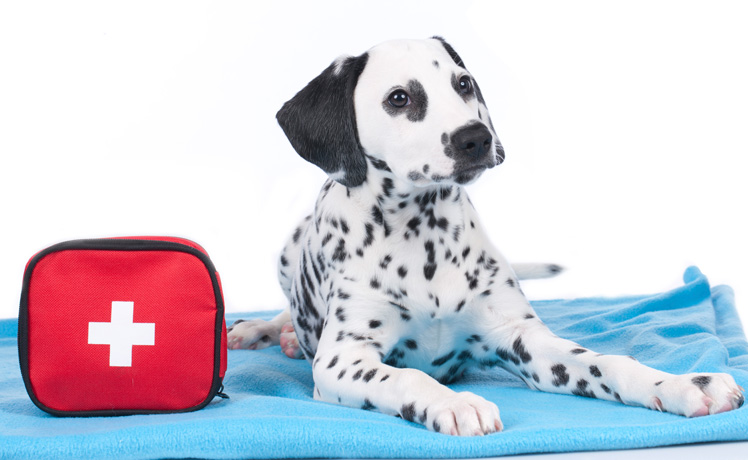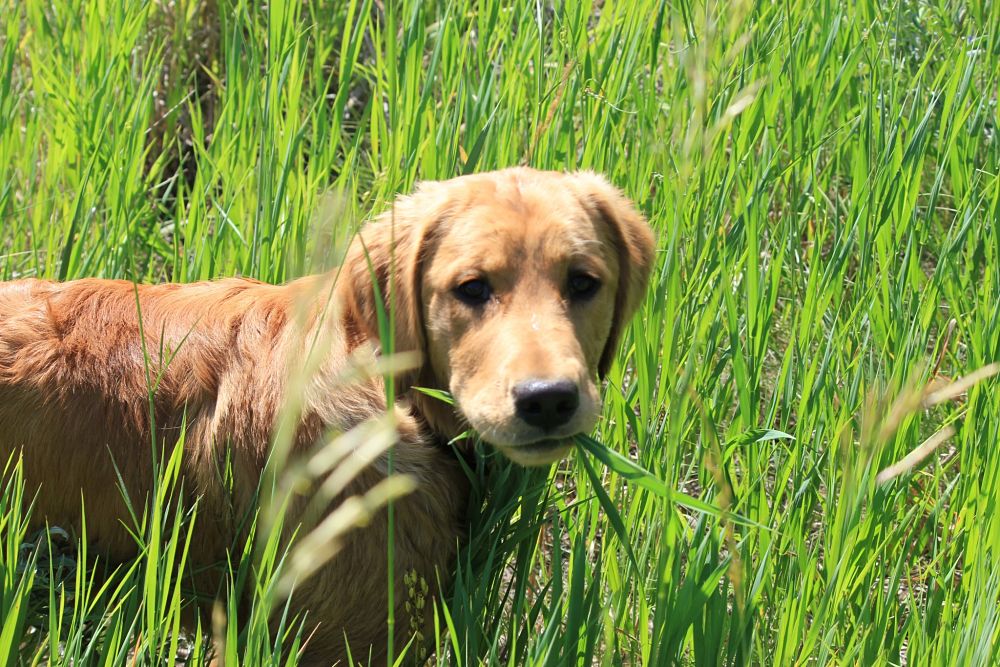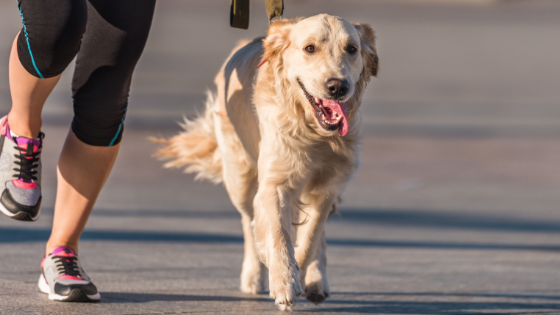When it comes to the health and safety of your beloved dog, being prepared for emergencies is crucial. Whether you’re a new pet parent or a seasoned dog lover, knowing the basics of canine first aid can make a huge difference in critical situations. Immediate and appropriate care before professional help arrives can save your dog’s life, reduce pain, and prevent complications. This guide will walk you through essential first aid knowledge every dog owner should have to feel confident and ready when it matters most.
Why Canine First Aid Matters
Dogs are curious creatures who love to explore, often putting themselves in risky situations without realizing it. From cuts and burns to choking or poisoning, accidents can happen anywhere—whether at home, in the park, or on a hike. Unlike humans, dogs cannot tell us when they’re in pain or discomfort, so recognizing signs of distress and knowing how to respond is critical. Canine first aid is not just about treating injuries; it’s about being proactive in preventing emergencies and ensuring your dog’s wellbeing until professional veterinary care is available.
Building Your Canine First Aid Kit
Before an emergency happens, assembling a well-stocked first aid kit is a must. Having supplies organized and accessible will save valuable time when every second counts. Your kit should include sterile gauze pads and bandages for wound care, antiseptic wipes or solution safe for pets, tweezers for removing splinters or ticks, a digital thermometer designed for dogs, scissors and blunt-ended tweezers, hydrogen peroxide (to induce vomiting only under vet guidance), cotton balls and swabs, disposable gloves to maintain hygiene, a muzzle or soft cloth to gently restrain your dog if needed, and emergency contact information for your veterinarian and nearest animal hospital. Keep this kit in a convenient location and regularly check expiration dates. Familiarize yourself with how to use each item to avoid confusion during stressful moments.
Recognizing Common Canine Emergencies
Not all emergencies require panic, but prompt action can prevent complications. Here are some common scenarios every dog owner should recognize. Choking: If your dog is coughing, gagging, pawing at the mouth, or struggling to breathe, they may have something lodged in their throat. Bleeding: Excessive or uncontrollable bleeding demands immediate attention. Poisoning: Symptoms vary widely but may include vomiting, diarrhea, drooling, weakness, or seizures. Heatstroke: Overheating can be life-threatening, especially in hot weather or after vigorous exercise. Broken bones or sprains: Limping, swelling, or inability to bear weight are signs of injury. Seizures: Sudden shaking, twitching, or loss of consciousness require urgent care. Burns: Pain, redness, blisters, or peeling skin from hot surfaces or chemicals should be addressed promptly. Knowing how to identify these issues quickly is the first step to effective first aid.
How to Safely Restrain Your Dog During First Aid
When your dog is injured or scared, they may react unpredictably. Even the gentlest dogs might bite out of fear or pain. To protect yourself and your pet, it’s important to restrain them safely before administering first aid. Using a muzzle is ideal, but if you don’t have one, a soft cloth or bandage tied loosely around the snout can help prevent biting. Keep your movements calm and deliberate, speaking softly to reassure your dog. Never force an injured dog into a position that causes more pain. If your dog is too aggressive or agitated, wait for professional help instead.
Basic First Aid Techniques for Dog Owners
Having basic hands-on skills can empower you to handle minor emergencies effectively. Here are some key techniques. Stopping Bleeding: Apply firm but gentle pressure using a clean cloth or gauze. Elevate the injured limb if possible. If bleeding doesn’t stop after 10 minutes, seek veterinary care immediately. Cleaning Wounds: Rinse minor cuts with clean, lukewarm water. Avoid using hydrogen peroxide or alcohol directly on wounds, as they can damage tissue. Apply an antiseptic designed for pets and cover with a sterile bandage. Performing CPR: If your dog is not breathing or their heart has stopped, CPR can save their life. Lay your dog on their right side, clear their airway, and perform chest compressions along with rescue breaths. Training from a professional course is highly recommended to perform this correctly. Treating Heatstroke: Move your dog to a cool, shaded area immediately. Offer small amounts of cool (not ice-cold) water and apply damp towels to the paws and belly. Avoid ice baths as they can cause shock. Call your vet promptly. Dealing with Choking: If you can see the object, try to remove it carefully with your fingers or tweezers. If not, perform gentle back blows or abdominal thrusts to dislodge it. Seek emergency care immediately.
When to Call the Vet
While first aid can help stabilize your dog, it’s essential to know when professional care is necessary. Any of the following signs should prompt an immediate veterinary visit: heavy or uncontrolled bleeding, difficulty breathing or persistent coughing, signs of poisoning including seizures or collapse, severe wounds or burns, broken bones or suspected spinal injuries, unconsciousness or persistent seizures, vomiting or diarrhea lasting more than 24 hours. Trust your instincts—if you’re ever unsure, it’s better to be cautious and consult your vet.
Preventing Emergencies Before They Happen
The best way to protect your dog is by minimizing risks. Regularly inspect your home and yard for hazards like toxic plants, small objects, or sharp tools. Avoid leaving harmful foods or chemicals within reach. During walks, keep your dog on a leash and watch for dangerous debris or aggressive animals. Proper training and socialization also reduce risks during interactions with people and other dogs. Regular veterinary checkups ensure your dog’s health issues are caught early, reducing the chance of emergencies.
Learning More: Canine First Aid Courses
For dog owners who want to be truly prepared, taking a canine first aid course is invaluable. Many organizations offer in-person and online classes covering everything from wound care to CPR. Hands-on training boosts your confidence and equips you with skills that no article can fully provide. Consider joining a local pet safety group or community class. Encourage family members and caregivers to learn these skills as well, so everyone involved in your dog’s life can respond effectively in an emergency.
Final Thoughts
Owning a dog is a joyful and rewarding experience, but it comes with the responsibility to ensure their safety and wellbeing. Knowing the basics of canine first aid empowers you to act quickly and calmly when accidents happen, giving your dog the best chance of recovery. Prepare your first aid kit, learn the signs of emergencies, and practice simple care techniques regularly. Partner with your veterinarian to create a safety plan tailored to your dog’s needs. By staying informed and ready, you become a stronger advocate for your furry friend’s health and happiness. Your dog relies on you every day—make sure you’re ready to be their hero when it counts most.







